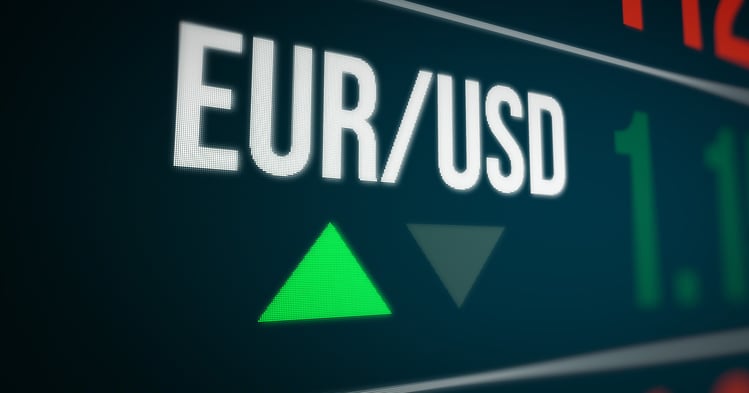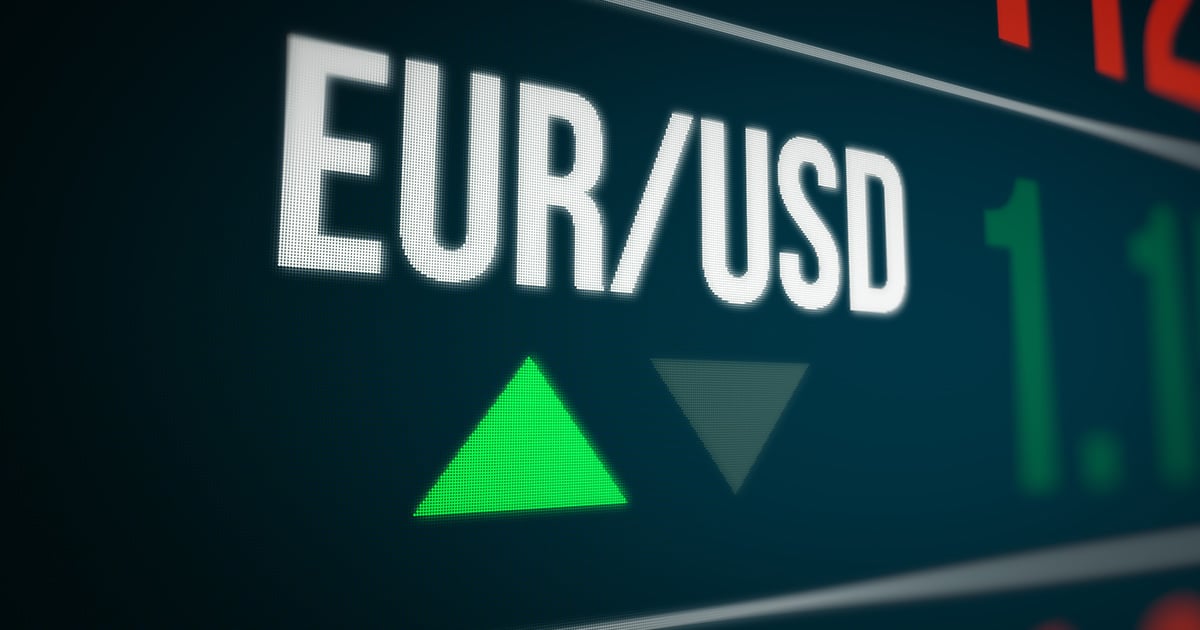
The euro pulled off quite a coup against its main counterparts last week. The only exception was the EUR/GBP pair, which entered a consolidation phase and fell by 1.36%. The EUR/USD pair crossed the 1.18 threshold and even tried a breakaway above 1.19. The most traded pair on the foreign exchange market registered a weekly performance of 1.30%.
Everything seems to suggest that the rise is fuelled by different pandemic management strategies on either side of the Atlantic, with the more encouraging economic prospects in the euro zone as opposed to the US, which should continue to support the single currency. This topic was broached in last week’s piece. The technical analysis also corroborates this scenario. If the resistance level of 1.1885 is overcome, this could lead to a rally around the 1.20 zone. It is also worth noting the strong rise against the Canadian dollar (1.56%) and Japanese yen (0.72 %).
Cataclysmic second quarter
Second-quarter GDP figures in the euro zone and the US have been closely watched by the foreign exchange market, without bearing much of an impact on the main currency prices. Everyone knew that the figures would be apocalyptic, and they were. In the US, GDP collapsed by 9.5% compared with the previous quarter, the most pronounced fall since 1947 (when the US started publishing quarterly GDP figures). All growth components were in the red, with the exception of public spending, which helped limit the damage. The figures are just as bad in Europe. -18.5% in the second quarter for Spain, -13.8% for France, -12.4% for Italy and -10.1% for Germany.
Once again, we can see an economic fragmentation in the euro zone, with countries in North doing better than those in the South. However, this fragmentation does not currently seem to be a source of worry for foreign exchange traders. With regard to France, the surprise was the collapse of public investment, coinciding with the fall of private investment, consumption and exports. If the lockdown had been lifted later, the fall in activity in France would certainly have been similar to that in Spain.
Focus on US employment figures
This week, the foreign exchange market’s attention will focus on US employment figures with the publication of three key statistics. The ADP National Employment Report, weekly unemployment benefit claims (our preferred indicator for monitoring real-time changes in the US economy), and finally, the NFP (Nonfarm Payrolls) report on employment for the month of July. The consensus expects the unemployment rate to continue to fall in July, to 10.7% of the active population, compared with 11.1% previously. However, the participation rate, which is certainly a better indicator of the state of the labour market during this period of unprecedented crisis, is expected to remain very low. In addition, it is likely that weekly applications for unemployment insurance will continue to increase, reflecting the fact that the process to end the lockdown has been put on hold, or even reversed, in several American states.
Finally, the meeting of the Bank of England is not expected to produce any surprises for the EUR/GBP. The status quo is widely expected to be maintained. In its previous meeting the institution extended its programme to support the economy (asset purchasing, or quantitative easing, QE). This is the last large meeting of a central bank before the summer, ahead of the Jackson Hole symposium at the end of August. The latter is an annual gathering of the main central bankers. It often provides an indication of the direction of monetary policy. We will return to this in the weeks to come.
Economic calendar:
| DATE | CURRENCY | EVENT |
|---|---|---|
| 3 August | EUR |
Manufacturing PMI for Germany for July |
| 3 August | USD |
Manufacturing PMI from the ISM for the month of July |
| 5 August | USD |
ADP non-farm job creation for the month of July |
| 6 August | GBP |
Bank of England meeting |
| 6 August | USD |
Weekly unemployment benefit claims |
| 7 August | USD |
US jobs report |
Topics






